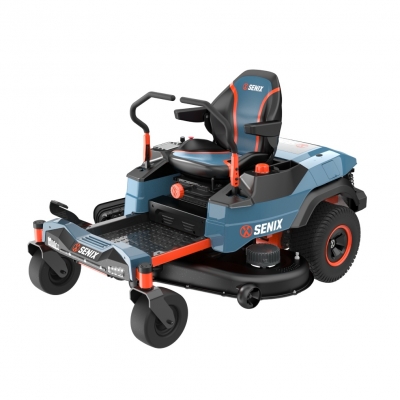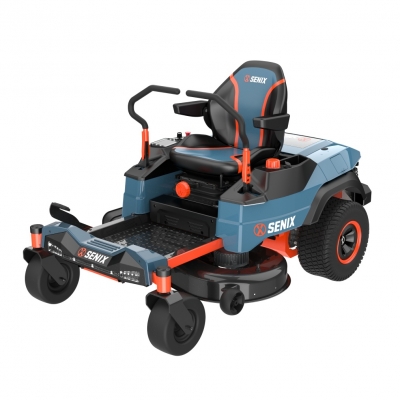How to Clean a Chain Saw: A Complete Guide for Longer Tool Life
A well-maintained chainsaw not only cuts more efficiently but also lasts much longer. Whether you use your saw for yard work, trimming branches, or tackling larger cutting jobs, regular cleaning is essential. Many users overlook maintenance until performance drops—but with the right steps, you can prevent damage and keep your tool running smoothly.
In this guide, we’ll walk through how to clean a chain saw safely and effectively. Electric chainsaws are easier to maintain than gas-powered models, which is an added advantage.
Why Cleaning Your Chain Saw Matters
Improves cutting performance by keeping the chain sharp and free from debris.
Prevents overheating caused by clogged vents and dust buildup.
Extends tool life by reducing wear on the bar, chain, and motor.
Enhances safety by lowering the risk of kickback from a gummed-up chain.
Regular maintenance is not just about looks—it directly impacts efficiency, safety, and the lifespan of your saw.
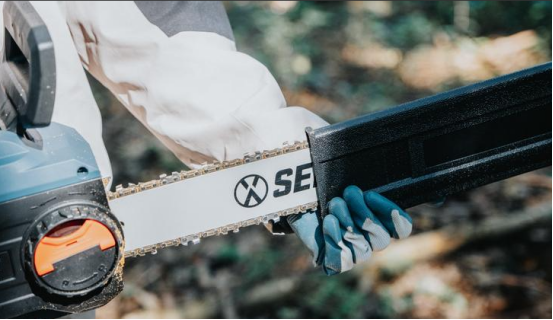
Tools and Materials You’ll Need
Before you start cleaning, gather these items:
Soft brush or paintbrush
Clean, dry cloths
Mild detergent or degreaser
Screwdriver or wrench (depending on your chainsaw model)
Chain saw bar oil
Protective gloves and safety glasses
Step-by-Step Guide: How to Clean a Chain Saw
1. Disconnect Power Source
For safety, always remove the battery if you’re using a SENIX cordless chainsaw or unplug if it’s corded. For gas-powered saws, disconnect the spark plug.
2. Remove the Chain and Bar
Loosen the side panel with a wrench or screwdriver and carefully take off the chain and guide bar. This gives you access to the areas that collect the most dirt and sawdust.
3. Clean the Chain
Use a brush to remove sawdust, sap, and resin buildup.
Soak the chain in a mild detergent solution or degreaser for 10–15 minutes.
Dry thoroughly with a cloth, then apply bar and chain oil to prevent rust.
4. Clean the Guide Bar
Scrape debris from the groove using a flat screwdriver.
Wipe the bar clean with a damp cloth.
Check the oil holes and ensure they are free of blockages.
5. Clean the Powerhead
Wipe down the exterior of the chainsaw with a cloth.
Use a brush to clear dirt and dust around the motor housing, vents, and sprocket area.
If you’re cleaning a SENIX cordless chainsaw, pay special attention to the cooling vents, since keeping airflow unobstructed helps the brushless motor run efficiently.
6. Reassemble the Saw
Once all parts are clean and dry, reattach the chain and guide bar. Make sure the chain tension is adjusted properly—not too loose and not too tight.
7. Final Lubrication
Apply chain oil generously. Running the saw for a few seconds (with proper safety gear) will help distribute the oil evenly.
Cleaning Tips for SENIX Cordless Chainsaws
SENIX offers a lineup of cordless electric chainsaws, pruning saws, and pole saws with single or dual 20V battery systems. Because they are battery-powered with brushless DC motors, maintenance is easier:
No fuel or spark plug cleaning required.
Less buildup compared to gas models, making cleaning faster.
Lighter weight, so disassembly and reassembly are more convenient.
Consistent power and longer runtime when kept clean and lubricated.
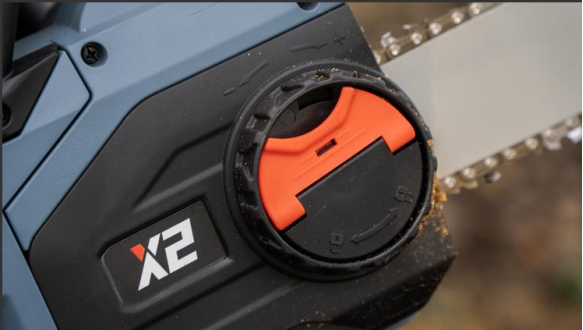
By following the cleaning steps above, you’ll ensure your SENIX chain saw stays efficient for trimming, felling, and general yard work.
How Often Should You Clean a Chain Saw?
After heavy use: If you cut hardwood, resinous wood, or large logs, clean after every session.
Light use: For occasional trimming, cleaning once every few uses is enough.
Storage: Always clean thoroughly before storing your chainsaw for weeks or months.
Conclusion
Knowing how to clean a chain saw is one of the simplest ways to extend its life, improve safety, and maintain top performance. From removing the chain to cleaning the guide bar and motor housing, regular upkeep ensures smooth, reliable operation.
With SENIX cordless chainsaws, cleaning is even more straightforward. Thanks to efficient brushless motors and 20V battery systems, these tools are designed for easy maintenance while delivering powerful, precise cuts for all your yard and trimming tasks.
Take a few minutes after each job to clean your saw—you’ll save time, money, and effort in the long run.
FAQs
1. What's the best way to clean a chainsaw?
Disconnect the spark plug, then use a stiff brush and a specialized cleaning tool to remove debris from the bar grooves, chain, and clutch area. Wipe the body and clean the air filter regularly.
2. How often should a chainsaw be cleaned?
Perform a basic clean after each use, and do a thorough deep clean every 5-10 operating hours to maintain performance and safety.
3. Will water ruin a chainsaw?
Yes, water can cause rust and damage electrical and engine components. Always use dry brushes or compressed air instead of water or pressure washers.
4. How to clean gunk off a chainsaw blade?
Use a degreaser or warm soapy water with a stiff brush to scrub the blade, then dry it thoroughly and apply light oil to prevent rust.


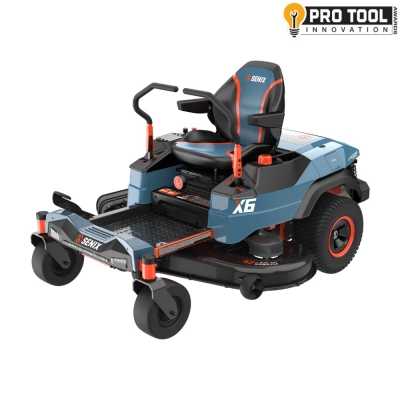
 (5.0)
(5.0)